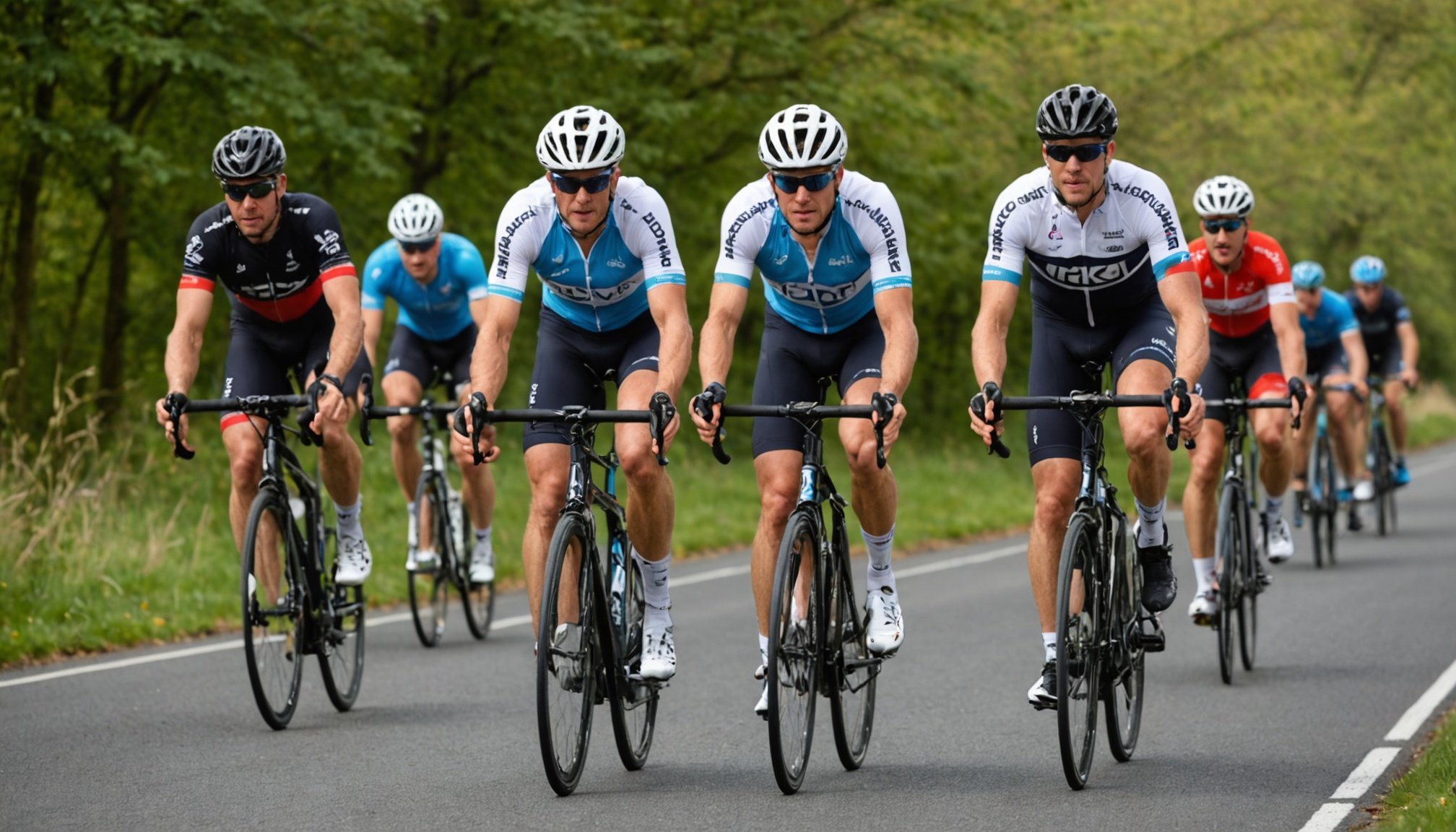Cycling is not just a sport; it’s a passion that unites enthusiasts across the UK. As you prepare for the cycling season, crafting a balanced training plan becomes essential. The UK cycling season typically spans from March to October, providing ample opportunities for both competitive and recreational riders. In this article, we will guide you through the essential steps to design a training plan that enhances your performance while ensuring you enjoy the ride. From understanding the demands of the cycling season to implementing effective training strategies, you will find the information needed to succeed.
Understanding the Demands of the Cycling Season
To create an effective training plan, you first need to understand the demands of the cycling season. The UK cycling calendar features a variety of events ranging from local time trials to longer sportives and competitive races. Each of these events requires specific training focuses such as endurance, speed, and recovery.
Also read : Top Reasons for Sport Bike Overheating in the UK and Essential Prevention Tips
Typically, the cycling season begins with cooler weather in March, which means that early training may involve indoor workouts or rides in less favorable conditions. As the season progresses into the warmer months, you can explore longer outdoor rides, which not only build your physical endurance but also improve handling skills on varying terrains.
To tailor your training plan, consider your personal goals for the season. Are you aiming for a specific race, or are you looking to improve your overall fitness levels? Understanding your objectives will help you allocate your training time effectively. For instance, if you plan to participate in a century ride, you should incorporate longer distances into your weekly routine. Conversely, if speed is your goal, intervals and tempo rides will take precedence.
Have you seen this : Essential Guide to Winterizing Your Sport Bike in the UK: Key Steps to Safeguard Your Engine from Damage
Additionally, be mindful of the weather patterns in the UK. Rain can frequently disrupt outdoor training, necessitating adjustments to your schedule. By planning around these factors, you can maintain consistency in your training without sacrificing intensity.
Finally, recognizing the necessity of recovery days is crucial. As you set your sights on the season ahead, remember that your body needs time to recuperate to avoid burnout and injuries.
Components of a Balanced Training Plan
A balanced training plan encompasses several key components: endurance, strength, flexibility, and recovery. Each of these elements plays a vital role in preparing you for the physical and mental challenges of cycling.
Endurance training primarily focuses on building your stamina over long distances. This is typically achieved through longer rides at a steady pace, gradually increasing your mileage each week. Aim for at least one long ride per week, starting at a comfortable distance and adding a few miles every few weeks as your fitness improves. It’s essential to listen to your body and adjust your distances accordingly.
Strength training is another crucial component. Incorporating strength workouts into your training routine helps to improve your power output and can reduce the risk of injury. Focus on exercises that target the major muscle groups involved in cycling, including your legs, core, and back. Resistance training with weights or bodyweight exercises can be very effective. Consider scheduling two strength sessions per week, focusing on different muscle groups to allow recovery.
Flexibility also deserves attention, as it enhances your range of motion and helps prevent injuries. Regular stretching or yoga sessions can work wonders for improving flexibility. Integrating short stretching routines after rides or including dedicated stretching days in your plan can significantly enhance your performance.
Lastly, prioritize recovery. Adequate rest allows your muscles to repair and grow stronger. Plan for rest days, and consider active recovery activities like light cycling or swimming. By blending these components into your training plan, you will create a comprehensive approach that prepares you for the cycling season.
Creating a Weekly Training Schedule
Designing a weekly training schedule is the practical application of your training plan. A well-structured week helps you balance intensity and recovery effectively. Let’s explore how to create a schedule that fits your lifestyle and training goals.
Begin your week with a rest day to allow your body to recover from any previous workouts. On the second day, consider a higher intensity ride, such as intervals or hill repeats, to boost your power and speed. This type of session can be short but highly effective, lasting about 60 to 90 minutes.
Midweek is a great opportunity for endurance rides. Aim for a moderately paced ride that lasts at least 90 minutes. Consistency is key, so try to maintain a steady cadence throughout. On the following day, incorporate a strength training session focusing on core and leg work to build stability and power on the bike.
By the end of the week, plan for your long ride. This should be the highlight of your training week, and it’s a chance to build endurance over several hours. Make sure this ride is enjoyable; choose scenic routes or invite friends to join. You might also want to include a pre-ride and post-ride routine that covers warming up and cooling down to enhance recovery.
Finally, remember flexibility. Life can be unpredictable, and your schedule might need adjustments. Consider adopting a flexible approach, allowing you to shift workouts based on how your body feels. This adaptability will ensure you stay committed to your training while also listening to your body’s needs.
Nutrition and Hydration for Optimal Performance
As you delve into training, don’t overlook nutrition and hydration. What you eat and drink has a direct impact on your performance, energy levels, and recovery. Proper nutrition fuels your workouts and aids recovery, while hydration keeps your body functioning optimally during intense rides.
Prior to your training sessions, ensure you consume a meal rich in carbohydrates. This meal should include simple carbs for immediate energy, along with complex carbs for sustained energy release. Avoid heavy or greasy foods that may cause discomfort during your ride. For rides exceeding 90 minutes, consider taking energy gels or bars with you to replenish lost energy.
Post-ride nutrition is equally important. Aim to refuel within 30 minutes of completing your ride with a mix of carbs and protein. This recovery meal helps to replenish glycogen stores and repair muscle tissue. Options can include a protein shake, a sandwich, or yogurt with fruit.
Hydration should be a priority throughout your training. Drink water consistently during your rides, ensuring you stay hydrated, especially on warmer days. Consider carrying an electrolyte drink for longer rides to replenish lost minerals.
Lastly, don’t skip the importance of meal planning. Preparing meals in advance can help you stay on track with your nutrition goals. Being organized with your diet will enhance your training experience and performance on the bike.
In conclusion, creating a balanced training plan for cycling during the UK cycling season requires careful consideration of various components. By understanding the season’s demands, incorporating all essential elements into your plan, and maintaining a flexible weekly schedule, you can set yourself up for success. Additionally, prioritizing nutrition and hydration further enhances your performance and recovery. As you embark on your cycling journey, remember that consistency, patience, and a passion for the ride will lead you to your goals this season. Happy cycling!











